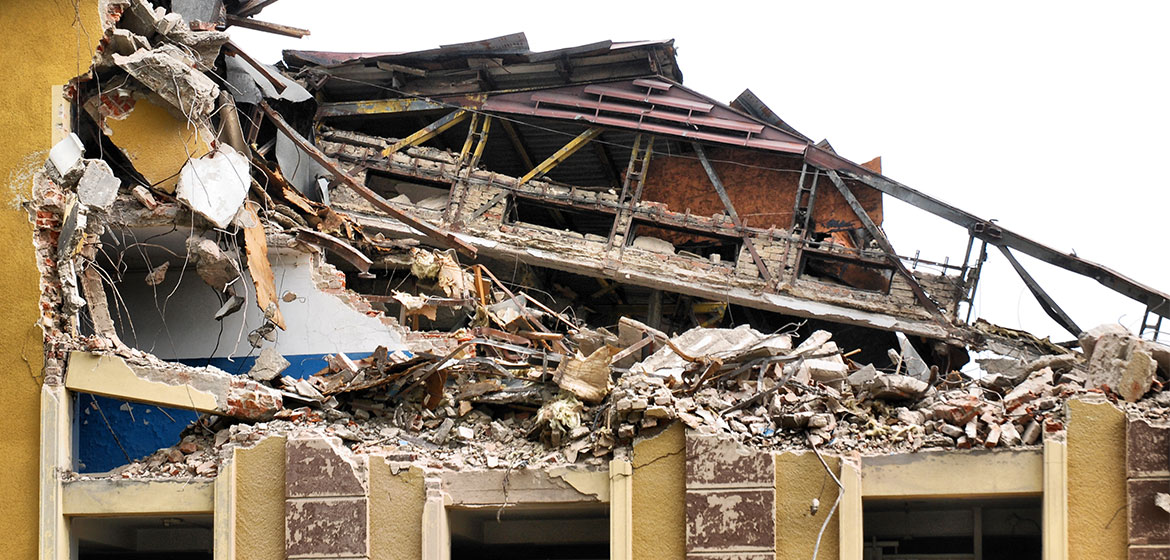What Determines The Cost Of Hurricane Damage

According to data on recorded weather disasters, hurricanes have historically caused the most death and devastation in the United States. Between 1980 and 2021, the total approximate amount of damages caused by weather disasters (including hurricanes, flooding, and thunderstorms) in the United States was $2.155 trillion.
Hurricane Ian, which struck Florida in 2022, was a Category 4 Atlantic hurricane. It may have been one of the most expensive weather disasters in U.S. history, with at least $50 billion in insured damages. In light of the massive destruction that hurricanes cause, how do states calculate the hurricane damage cost? What drives these figures, and what are the main factors contributing to this cost? Continue reading to find out.
Determining the Scope of Hurricane Damage
High winds during a hurricane push bodies of water to the shore, causing storm surges and flooding. This is why, during hurricanes, high winds and storm surges may cause the most damage. Storm surges can be even more devastating when combined with a high tide. Aside from the nature of the hurricane, one may typically attribute the extent of damage during a hurricane to the interaction of three factors:
- The volume and kind of property at risk
- Vulnerability degree of the property
- Probability degree of the natural disaster
Using Risk-modeling Principles to Determine Hurricane Damage Cost
Risk modeling predicts the severity of a potential event using mathematical representations derived from the analysis of relevant historical data. Diverse teams contribute to these figures, including meteorologists, mathematicians, and structural engineers.
They use weather predictions to compare and forecast the severity of the damage that a storm could cause. They may forecast hurricane wind speeds using data from reliable weather services such as the National Hurricane Center. This assists in determining the extent of damage that one can expect in various locations and neighborhoods.
Modelers can estimate the extent of damage a hurricane can cause in a specific area by comparing the value and volume of buildings and residential homes in the area to the expected wind intensity. Once the projections are complete, they begin listing costs and dollar amounts for the damage.
Modelers may also use ‘vulnerability functions’ for this estimation. Vulnerability functions determine the relationship between the severity of the hazard (in this case, the hurricane) and the damage response of a building.
They may also make estimates based on historical data from previous hurricanes. For example, if a specific wind speed has affected homes in a residential area during a previous hurricane, statisticians may use insurance claims data from that time to predict damage estimates. The data could also include claims costs from other losses, such as building damage discovered after structural inspections and business interruptions.
How do These Numbers Help?
In the aftermath of a hurricane, insurance companies typically rely on data from risk-modeling companies to make their own preparations. These estimates assist them in regulating the amount of money they will need to set aside for claim settlements. It also assists them in estimating their own liabilities.
In reality, it could take months or even years to get a near-accurate estimate of a weather disaster.
Citations:
Hurricane costs. NOAA Office for Coastal Management. (n.d.). Retrieved January 10, 2023, from https://coast.noaa.gov/states/fast-facts/hurricane-costs.html
emma_newburger. (2022, December 1). Hurricane Ian caused the second-largest insured loss on record after Hurricane Katrina. CNBC. Retrieved January 10, 2023, from https://www.cnbc.com/2022/12/01/hurricane-ian-was-costliest-disaster-on-record-after-katrina-in-2005.html#:~:text=Ian%20caused%20between%20%2450%20billion,extreme%20winds%20and%20torrential%20rain.